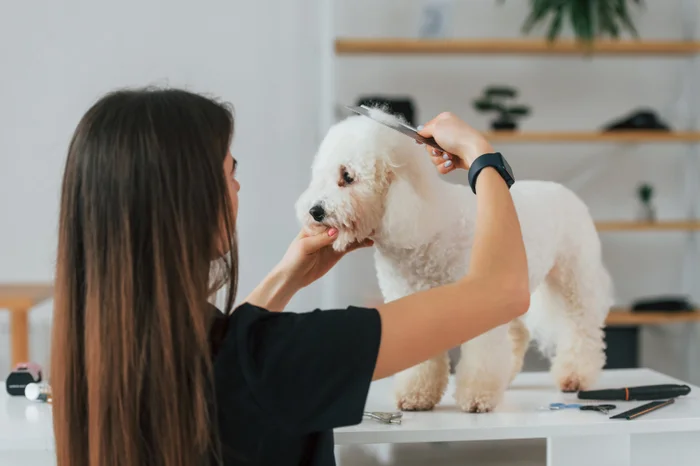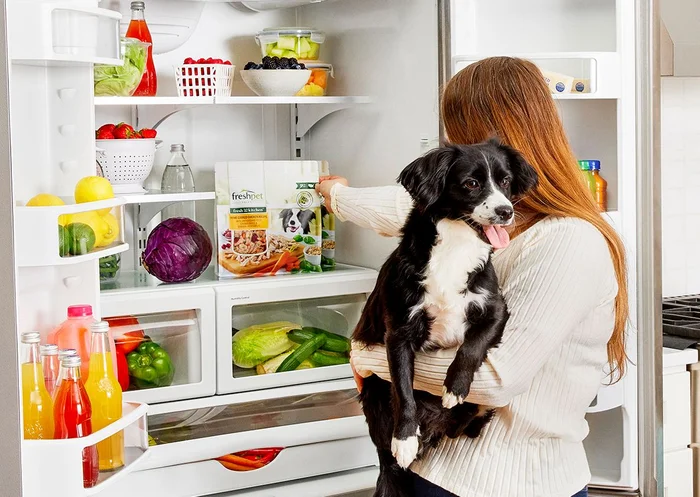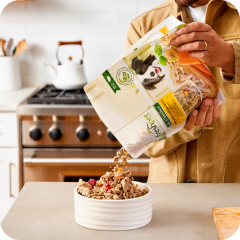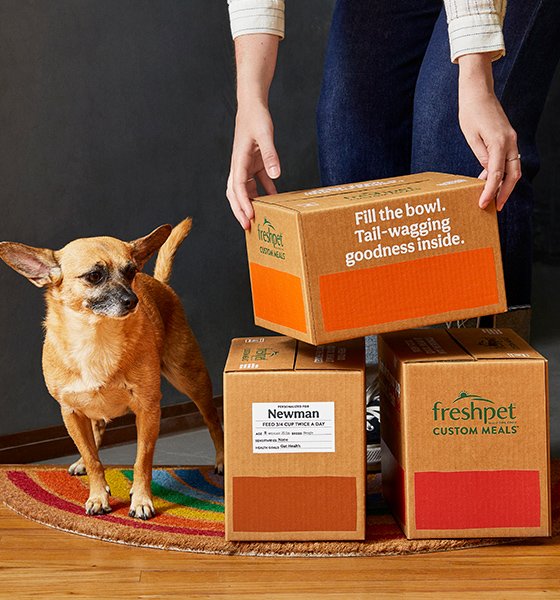popular searches

How Often You Should Be Grooming Your Dog
written by Ellie Walker
Regular grooming not only keeps your dog looking its best – it also plays a vital role in maintaining their overall health and well-being. How often to groom a dog, however, depends on both your dog and the time of year. Let’s take a closer look at the importance of grooming as well as the risks of under and over-grooming to help you determine how often to groom your dog.
Importance of regular grooming
Grooming goes beyond mere aesthetics – it’s an essential aspect of responsible pet parenthood. Regular grooming plays a big role in your pet’s overall health and well-being:
- Coat and skin health: Regular brushing prevents mats and tangles from forming, which if not dealt with can be painful and lead to skin infections. Grooming also stimulates the skin and distributes natural oils, which keep the skin and coat properly moisturized.
- Early detection of health issues: During grooming sessions, you have the opportunity to examine your dog's skin, ears, teeth, and other body parts. This enables you to spot any abnormalities or health issues early on.
- Bonding and socialization: Grooming provides an opportunity for bonding and building trust between you and your dog. It also helps your pup become comfortable with being handled, making vet visits and other procedures less stressful.
How often to groom a dog
When it comes to deciding how often to groom a dog, it’s important to take into consideration the hair length, seasons, and overall activity level.
Short-haired dogs, such as Labradors, benefit from a short weekly brushing to remove loose hair and keep their coat shiny. Medium-haired dogs, such as Golden Retrievers, need a bit more grooming – preferably a brushing every two to three days to help prevent tangles and control shedding. As you can probably guess, long-haired dogs like Afghan Hounds require daily brushing. If not brushed daily, their long, flowing coats will quickly become tangled with debris and mats.
The seasons also impact how often you should groom a dog. During the winter months, dogs with longer coats may benefit from keeping their fur length to provide insulation against the cold, so you’ll want to scale back your grooming routine. In the summer, however, dogs with longer, thicker coats can be more susceptible to heat-related issues, such as overheating or heat exhaustion. Regular grooming helps promote better air circulation and prevents them from getting too hot. You can learn more about how to prepare dogs with heavy coats for the summer in this blog post.
Their overall activity level also impacts how often to groom a dog. Dogs that spend a lot of time outdoors may benefit from more regular baths – say once a month – compared to dogs that spend more time indoors. Dogs that fall into this category may only need a bath every three months.
Is there such a thing as too much or too little grooming?
It's important to strike a balance between too much and too little grooming. If your dog is not groomed enough, they risk developing:
- Matting: Lack of regular grooming can lead to mats and tangles in a dog's coat. Mats are clumps of tangled hair that can be painful, restrict movement, and cause skin irritation or infection.
- Skin problems: Insufficient grooming can also contribute to various skin issues. This is because dirt, debris, and excess oils can accumulate on the skin, leading to dryness, itchiness, hot spots, and dermatitis.
- Ear infections: Dogs with excessive hair in their ear canals are prone to ear infections. Without regular cleaning, bacteria, yeast, and wax can build up, leading to painful ear infections and in severe cases, hearing loss.
On the other hand, overgrooming your dog can be just as damaging as undergrooming. Overgrooming your dog can result in issues such as:
- Skin irritation: Excessive bathing or using harsh shampoos can strip the natural oils from a dog's skin, leading to dryness, itching, and irritation.
- Coat damage: Excessive brushing or using improper tools can damage a dog's coat, especially for breeds with delicate or double coats. It can cause breakage, hair loss, and a generally unhealthy appearance.
- Stress and anxiety: Some dogs may become anxious or stressed if grooming sessions are too frequent or prolonged. This can result in negative associations with grooming, making future sessions challenging.
If your dog needs a little extra help keeping their fur and skin looking great, our Freshpet® Select Sensitive Stomach and Skin roll contains high levels of Vitamin A and omega fatty acids to help maintain healthy skin and shiny coats.
Regular grooming sessions should be gentle, enjoyable, and suited to your dog's overall needs. If you’re unsure how often to groom a dog, consult with a professional groomer or your veterinarian. They’ll be able to provide guidance on the ideal grooming routine for your fur baby.
















